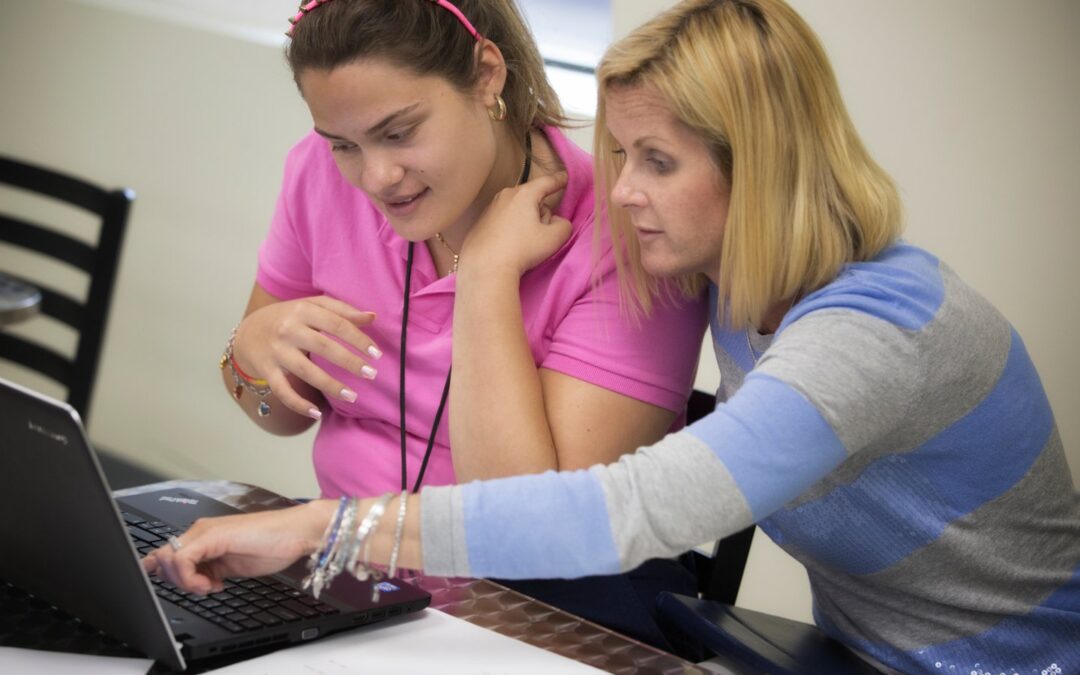In recent years, neurodiversity has become popular to bring about a better awareness of developmental disabilities such as autism. Neurodiversity acceptance acknowledges the strength and perspective of individuals with autism while bringing appropriate support to overcome hurdles. Be it a parent, educator, or the autism community, knowing which resources are available is the greatest help to create an open-minded society.
Understanding Neurodiversity and Autism
Neurodiversity points out the brain difference as a natural variation in human diversity. Autism, in the mainstream thought of mankind, refers to a developmental condition and can often relate with different thinking, communication, or sensory processing. This steers attention away from the “cure” for autism but works toward providing a welcoming environment.
Support for Children with Autism
For children with autism, early years are important since they provide the basis for social, emotional, and cognitive development. Children with autism receive various therapies, such as Applied Behavior Analysis (ABA), speech therapy, and sensory integration. Schools and communities should ensure these services are accessible.
Social skills training can also be most effective in navigating relationships, understanding social cues, and making friends. With practice, children can develop confidence to be involved fully in school and community activities.
Assistive Technology for Autism: A Contemporary Tool
Technological advancements opened new doors for people with autism. Assistive technology for a child with autism includes communication aid tools, apps for sensory stimulation, or learning software customized to individual needs. For non-verbal individuals, Assistive communication devices help them to share their ideas and thoughts clearly. Such technologies make people with autism even more independent and confident.
Adult Programs for Autism
Transition to adulthood often presents unique challenges for individuals with the pervasive developmental disorder known as autism. Adult programs emphasize vocational training, independent living skills, and social integration. Such adult programs can cover items such as job placement, supported or independent living, and ongoing education opportunities.
Social groups for adults can also afford meaningful connections with shared experiences. They have safe areas where friendships can be forged, social skills learned, and feelings of isolation combated while furthering that sense of belonging within a community.
How to Get Involved: Building a Supportive Community
Creating a world where neurodivergent people thrive requires a collective effort. Individuals and their families and caregivers can seek out available resources to connect with the necessary programs. Educators and employers can work to create an inclusive environment by embracing differences. And as a society, we can continue breaking down stereotypes and celebrating the contributions that individuals with autism make.
Conclusion
The journey to embracing neurodiversity begins with understanding and empathy. By prioritizing support systems like programs for adults with autism and technology tools for autism, we can empower individuals across the spectrum to live fulfilling lives moving closer to a more inclusive and compassionate society.
The Dan Marino Foundation is dedicated to creating a difference through life-changing programs and resources. The organization has empowered individuals with autism to attain their goals and increase awareness and acceptance. Explore how the Dan Marino Foundation can support your journey and join us in celebrating the beauty of neurodiversity. Together, we can make a world where everyone feels empowered to shine.

